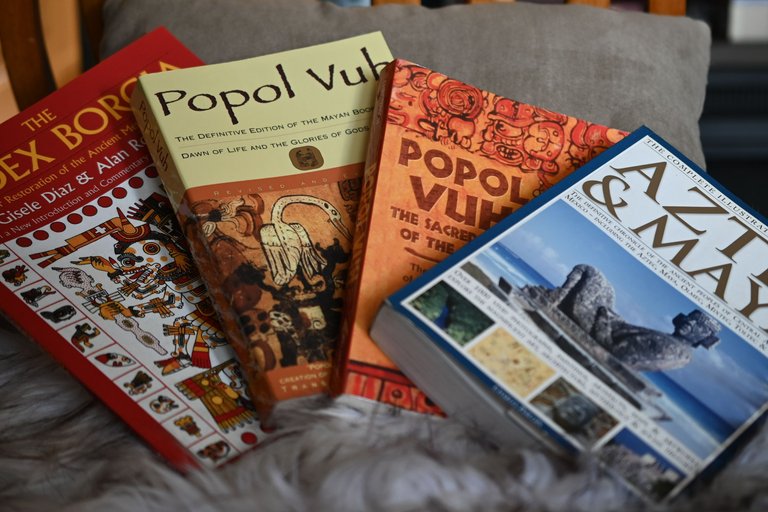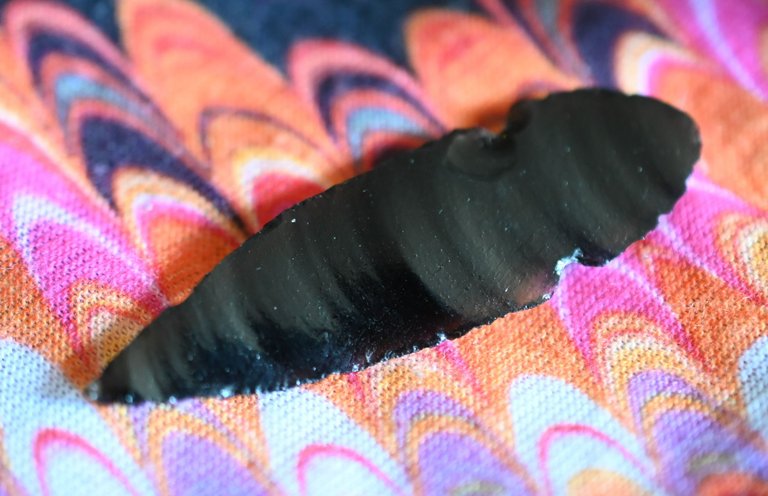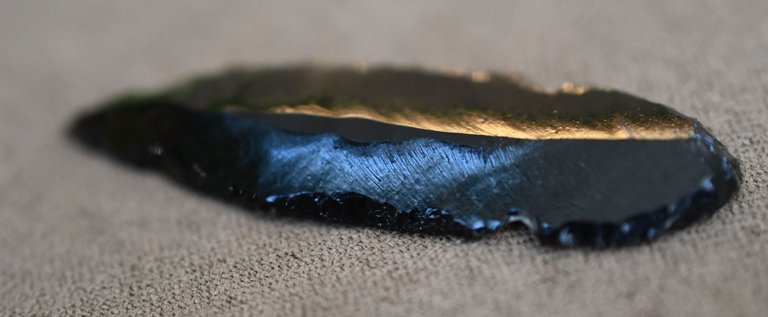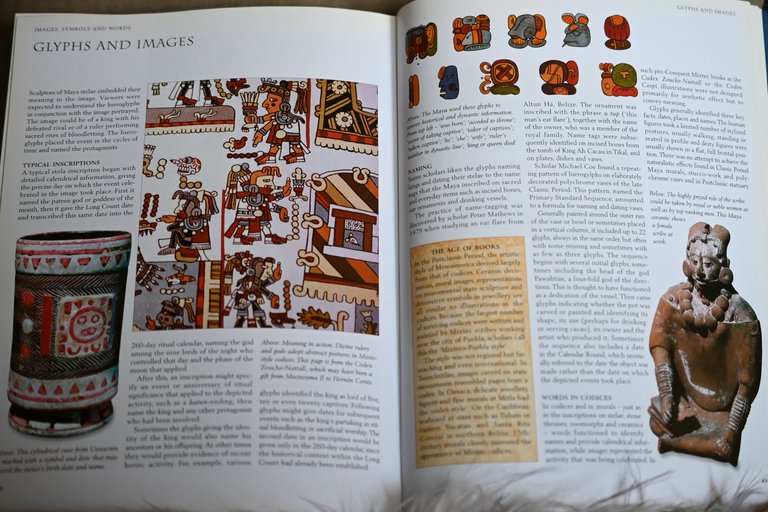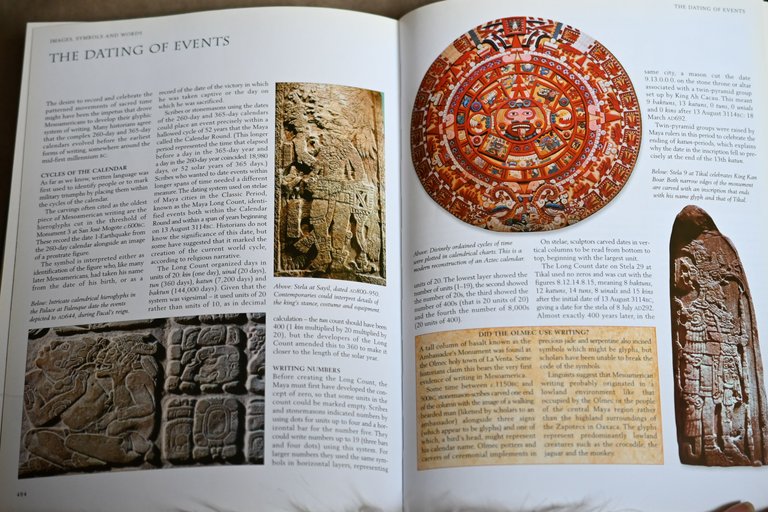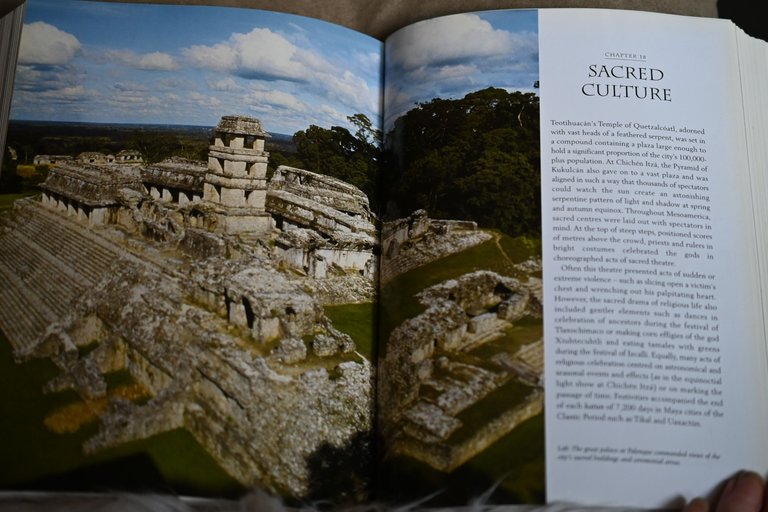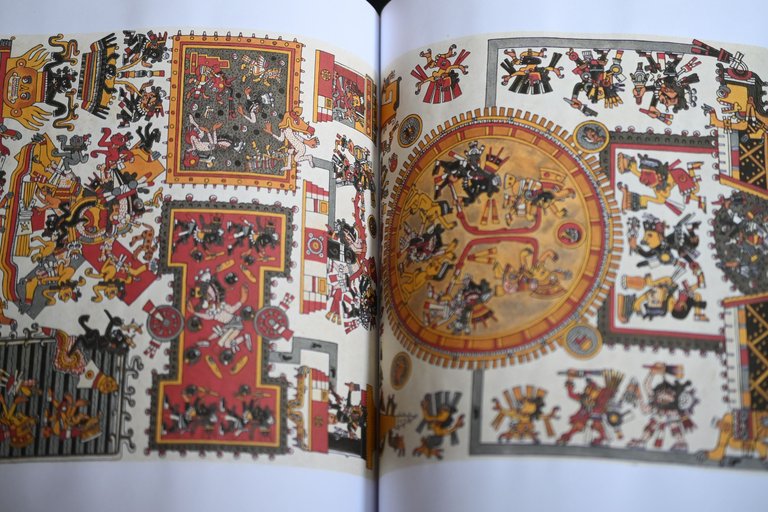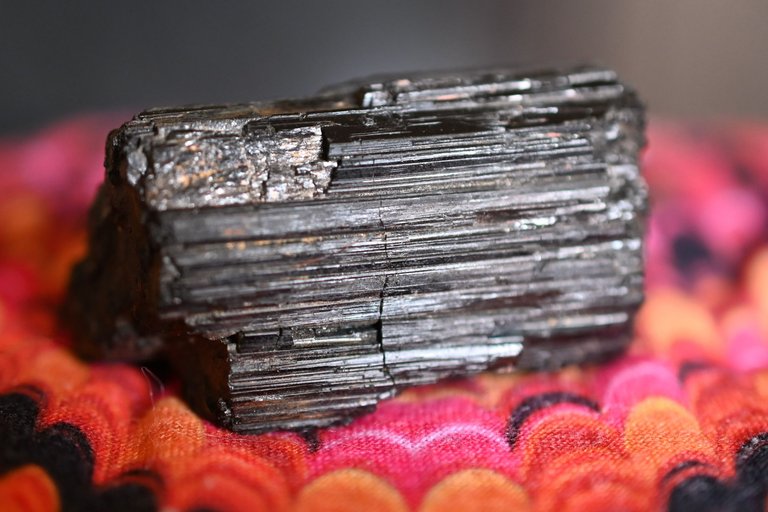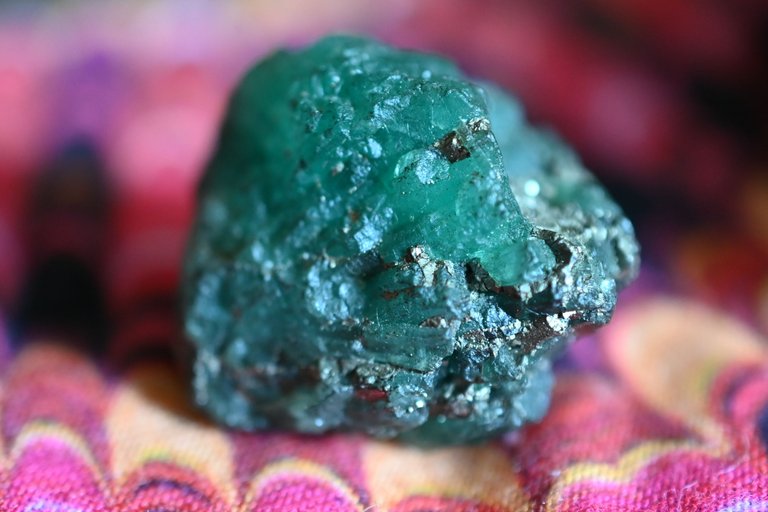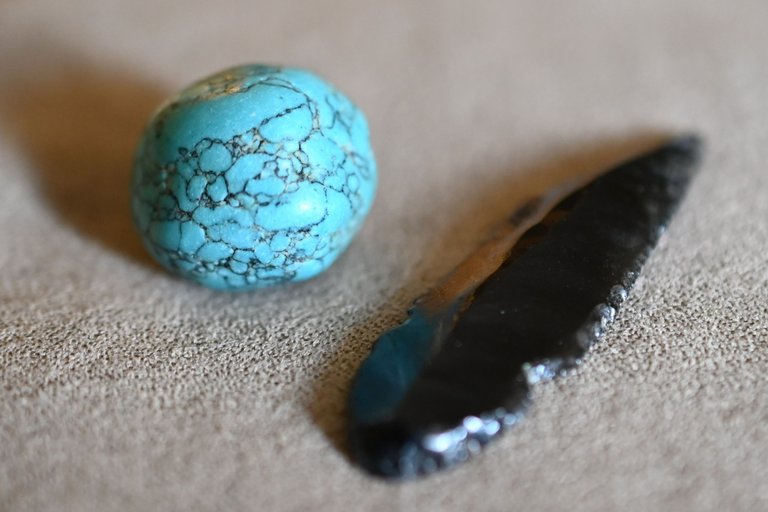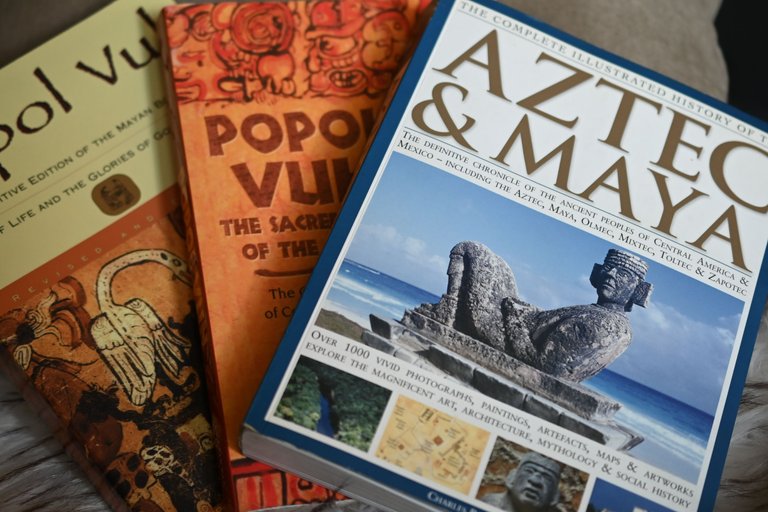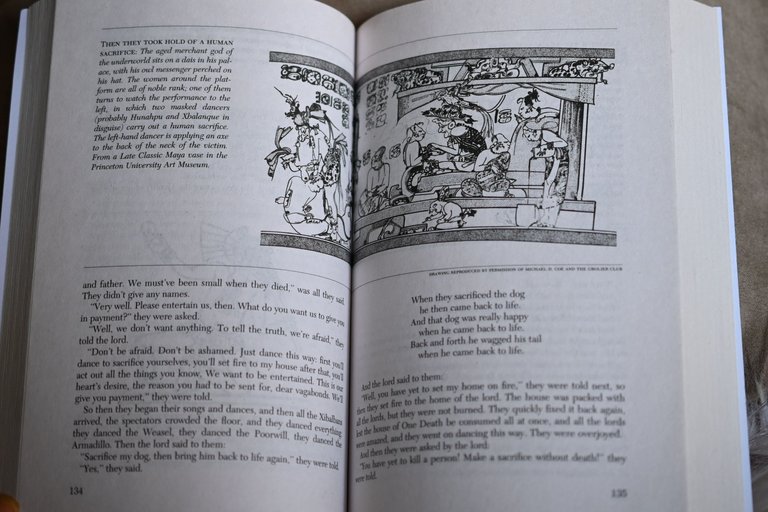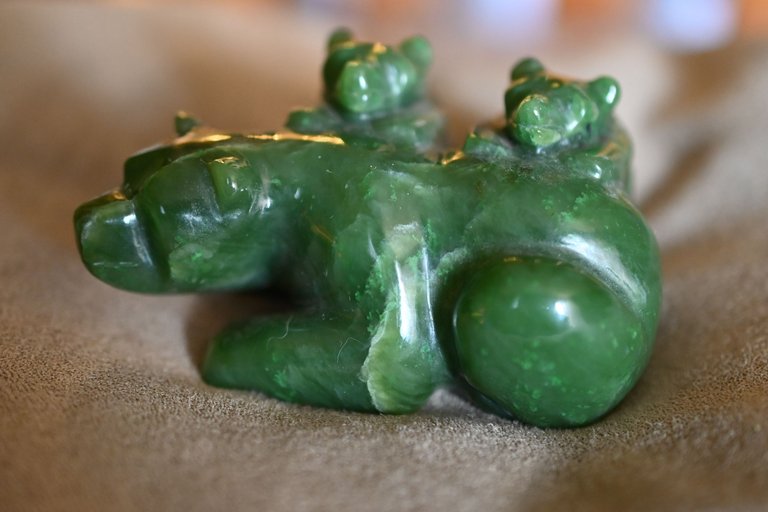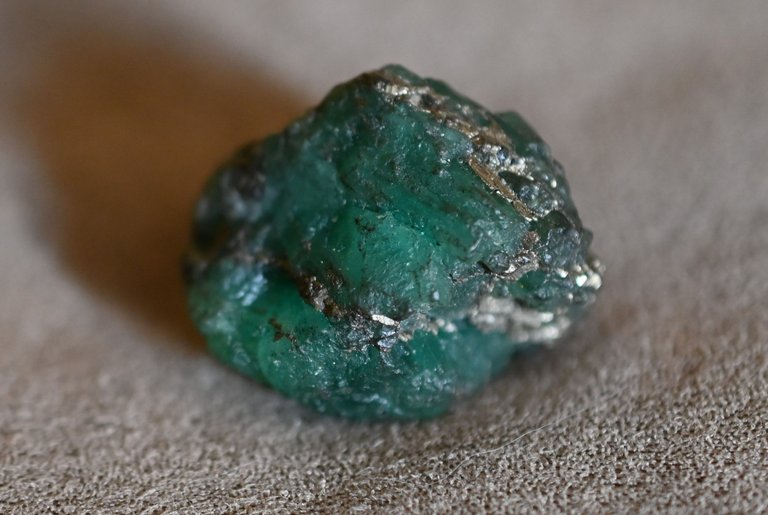What's up Peeps!
About a month ago or so...maybe 2...end of march I think, my Auntie messaged me on the way to the airport before she left on vacation. Her daughter...aka my cousin is getting married and I suppose I was getting the updates. The pre-invite was cute, of course full of sunflowers and the stamp to match...I thought it was cute and then we started sharing different memories we both had with sunflowers and it didn't take long until we realized despite not really knowing each other, we all had a common taste for the bright yellow plantable sunshine.
Speaking of sunshine, she was headed for what I believe her first trip to Mexico, besides making sure my mail had gotten to me well, we did talk about her anticipated plans of doing nothing in the sun beach side or pool side. I always had an interest in the area because of the pyramids and other archeological sites, although I'm sure the beach type setting is just as fine. A few months ago, I had found some literature around the Popol Vue aka the Mayan Book of advice along with other cool associated literature from the neighborhood. They had been in my to-be-read pile for a bit and I was anticipating reading it but I got lost in other stuff like my own continent, North-America.
Black Obsidian is a form of volcanic glass. Today they are carved for decorative purposes but in ancient times, this was the weapon of choice being fashioned into arrows, knives, spears and other cutting objects for everyday life. A very abundant material during their time, still plenty today, they come in different sizes and a fairly affordable as a decorative piece, this one is tiny as you can see.
The back side is flat while the front side has a spine. Besides the many weapons, they were also fashioned into mirrors and other ritualistic objects.
https://www.britannica.com/science/obsidian
Most of both American continents common history is based on a more current post European settler lifestyles, but much like Canada's ancient history, there just isn't as much of it as we would like to piece all the stories but the ancient people did still leave behind a legacy that I hadn't learned as much about as I would like. I know it's technically 3 depending on the person and geography perception I suppose, just to keep it simple I will refer to Meso-America since all the reads are based on pre-Columbian life.
For most of my life, I have studied many concepts around Middle East History especially being fascinated with ancient Egypt and many of their concepts culturally and otherwise are both intertwined, the tomb monuments and how much history was preserved by carving large monuments telling us from A to Z of what they believed in. Too bad several thousand years later we struggle to understand what they were showcasing at times. to be honest, I always had a natural fascination for the different artifacts and monuments from the Ancient Americas as well, just, there is a lot more history everywhere than anticipated.
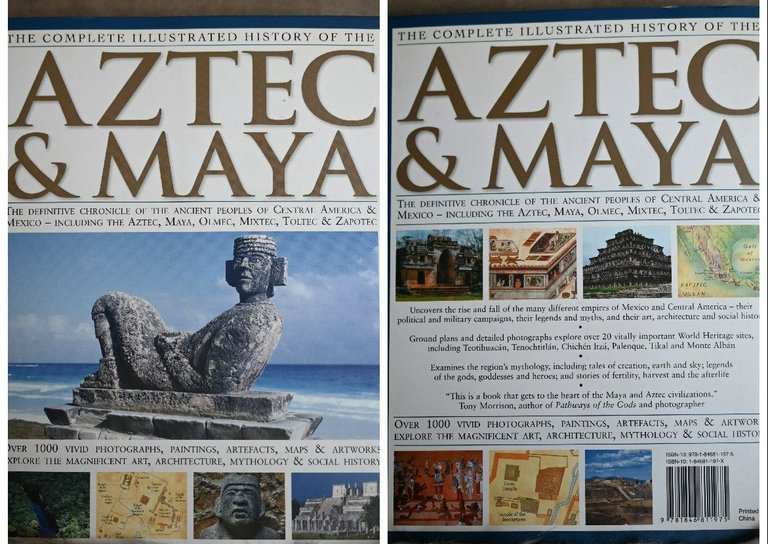
First, I was amazed at just how long people had been occupying the Jungle, in one of the books, it was estimated that it might have been populated for 20 000 years or more. Many origin myths we may never fully solve, the theories are all interesting to learn about. Not to decipher or solve age old questions or even debate anything with anyone, just gain insight...food for thought. Often the deeper you dig, the more questions one comes up with. Much of the early history isn't recorded dating back thousands of years while later starting from 5000 b-ce and after, more artifacts or evidence of temporary settlements have been found as they moved around in set ritualistic patterns based on their knowledge of astronomy and how it affected the earth or to keep track of seasons for planting and harvesting. Many of the pyramids are much older and were already there when many of the more recent history can tell us about who ,what fully was represented.
Evidence shows that they had animal raising and advanced farming technologies for their time that even to today's standards starting with maze that is also very much intertwined with their sacred text and rituals. Resources like consistent food and water could be scarce depending on areas forcing the ingenuity to enhance the production based on the lands features , other means were implemented to sustain cities as large as 200 000 people successfully. where fresh access to water wasn't available, they had natural cenotes, often several per sacred city divided some for drinking water while others for human sacrifice to appease the water gods to prevent droughts. They seem to have had periods of famine and drought that impacted their numbers but overall seemed incredible at various natural resource management and transport.
To put it lightly, if you choose to study Meso-america, expect a lot of gore both the text and painted artifacts and pottery, they had a much different view on life and death concepts and what a warrior was defined causing some morality questions at certain stories or concepts. Be aware that you must be ok with that for the sake of research/learning as history is history, it's already happened and it should be recorded without bias on way or another so we can draw insight and life lessons from it. Before fully judging, I had to learn more. Turns out yet again, that might prove to be a much bigger task than initially anticipated.
This first book I present in this post is well an A to Z of as much of the different time periods leading up to Spanish Inquisition in chronological order. The 500 page book isn't a full detailed everything you need to know but every concept takes about 2 pages to discover where they display the artifacts found along with it's association, a further explanations of what their usages where for as objects for everyday use and home use were separate. History between the Maya and the Aztecs along with a few older ones are described in the best details known as far as the similarities and the differences in everyday life and beliefs.
In the photo, the dark green stone carvings is Canadian Jade but commonly to America's southern tribes had a healthy supply and many jade artifacts have been found and was often an object of trade. Jade is prized across the world, these ones are from B-C in the Canadian Rockies, I suppose may thousands years apart and we still collect the same things.
As the centuries progressed, the boundaries changed between tribes as fighting for lands and resources between tribes was seen as a way of life and the honorable way. When not at war with other tribes, important trades of gems, food, pottery and other goods made them one of the richest of their time and yielded incredible works of art is in their many sacred rituals. This book offers maps to explain these changes as they present the different concepts. It starts with comparing different aspects and artifacts based on the two most recorded civilizations along with the appropriate exerts from the sacred texts to break it down into easier to understand small sections. After the Spanish moved in, many of the older artifacts had been burned or destroyed due to the offensive nature they experienced when witnessing many of the sacrifices.
Other material cover the various sacred sites and ball courts along with early cities and the palaces of the various rulers. Much of the religion centers around the I shaped ball courts where they played to death. The losing players were the sacrifice. More details in the link below.
https://en.wikipedia.org/wiki/Mesoamerican_ballcourt
The book has an amazing load of high quality color images of as many artifacts catalogued from various museum and collections around the world as possible but the font is written really small to keep the book as normal sized as possible. If you just want a basic overview of the archeological work has pieced together, it's the perfect book. for me, it's 2 page concept description is perfect for me to learn about as many as possible and help narrow down which parts I might like to study. I thought this book would tell me all I needed to know but turns out I was wrong! Sooo wrong! In a good way of course, the book is great. I bought it quite some time ago and had started reading it but I just ended up on the sidelines for some reason, this was the perfect time to start over and I'm glad I did. I would say, at 500 pages, it's no small task to take this book to the ball court! I finally won, took me a few years tho.
I highly recommend it for the history/ archeology buff looking for a deeper view in time. I was amazed at how much I need to learn, the book didn't even explore the other brief research I had done on the internet more specific to the temples I had been doing some reading on. I'm still not clear really but I know I'll find my time period or temple where I feel comfortable starting my search for I'm not sure what yet but I got a good breakdown and some time to think it over. I wish I could share so many more photos of it but I just want to give you a breakdown of how the information is laid out and the type of topics discussed to encourage you to want to buy it and discover it's contents yourself. I was always amazed at their gold crafting skills, still to this day, I don't think anything compares. I was happy to see that they included a few in this book, perhaps a book to look for in the future, a collection of Aztec gold artifacts. That has to exist!

This next book I found, is one of the surviving Aztec codex. Meso-America had and extensive set of hieroglyphic texts just as complex as ancient Egypt, besides stone and temple carvings or pottery, tree bark was used to record the different rituals or events based on the imagery. Due to the violent nature of their rituals and different cultural understanding of life and death and an overreaction from the Spaniards, many of the codices got burned weather they contained offensive practices or just recording events or other knowledge like cosmology. Much of the history unfortunately got lost in the process.
As you can see, the ancient art was pretty detailed for things hand drawn on tree bark, these are not photos displayed in the book , artists carefully recreated each image by hand. Talk about a labor of love, the love of history and it's preservation.
Once again, I wish I could share more images but this is just a display as a sample as to what to expect. Worthy piece of history indeed. the more we buy their books, the more funding there is for them to continue their craft in preserving history.
Between the Maya and the Aztecs, had the most surviving with only a few each but with both religions being similar, mostly just calling and describing their deities slightly different but representing the same duties as archetypes, it's easy enough to blend the two. Some of the artwork have similar styles but some are different. As we progress with modern technology, access to a few curators has been available to carefully recreate each of them one by one and maintain as much accuracy in a recreated version for the public to enjoy, they even have a tear line where the bark was torn. Each codex has been held a different museums for broader access and are named after the city where they are held. The codex Borgia is a 75+ page of vibrant color images.
Tourmaline would have been a popular trading medium and still has the status of semi-precious stone in today's standards. The colored variety is more expensive but the black kind is more common and fairly cheap to buy as a specimen and available in most crystal shops or expo.
Columbian Emarald, still a crowd favorite in modern times was also a favorite during trading token or currency along with cut into gems to adorn various golden artifacts. After the conquest, many of these artifacts got molten down and repurposed almost immediately. Other commodities such as salt or cocoa would have been considered currency and highly valued for trade. In today's standards, they are pretty pricy due to their popularity across the ages as some of the best in the world. Specimens can be found here and there at trade shows but not as common as most other stones.
Turquoise was considered as one of the most sacred stone with the Aztec people and much of it found on artifacts dedicated to Quetzalcoatl, the main creation God in the Aztec centered beliefs. Also valued for trade and as a currency. Today, turquoise still has ceremonial significance across all indigenous tribes across all of the Americas, US and Canada included. Turquoise looks stunning when set in sterling silver jewelry for large bold statement pieces. When purchasing turquoise, caution must be taken, many fakes called howlite that is a similar looking mineral in white that gets dyed, don't be fooled by the fake!
Now that we have explored a visual of a few tokens of ancient currency, lets get back to the books. from deep into the mountains of Guatemala and the border of Mexico was the birth place of the Quiché people. The Quiché was a remote Mayan settlement that lasted one of the longest with the most detailed recorded history as far as sacred text goes due to their remote nature. Their beliefs were slightly less centered around human sacrifice compared to other Meso-American Civilizations and their ingenuity in converting their codices into text knowing what would surely happened and hid them until it was safe to release them back into the hands of their followers.
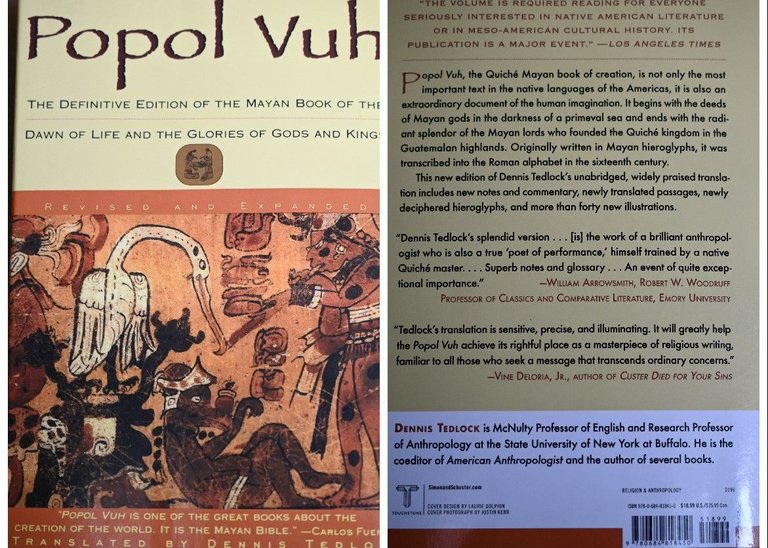
Two slightly different versions exist today, mostly the same with a few variations. The text initially translated was in Spanish so if it was discovered that the occupying forces could understand the nature of the text enough to recognize it of historical value to be stored in Spanish libraries. Later the text got translated in English for the rest of us to enjoy until the recent decades where a group went to visit the Elders of local tribes to have an oral account of the ancient religion as it is still practiced and preserved as an important piece of their history. The Spanish translation and commentary is 400 pages meanwhile the Quiché oral translation is 300 pages.
during the invasion, crafty tribesmen studied the language and religion concept of the foreigners as they were establishing new beliefs and sacred text to replace the local practices while they were making their way thru other tribes buying them time. After learning Spanish, the codices were translated from image mixed with the oral tradition of the time to reflect a similar style to catholic text as in separating their deities into separate light and dark forces battling each other on the sacred ball court for control of the fate of humans that suited the European expeditions to be more accepting of it for cultural value. The Popol Vue means book of advice. both books are mostly text with a few hand drawn images taken from various codices or pottery.

Although in both of the books, the sacred text, creation stories were told in a similar fashion with just a few mild almost unnoticeable differences despite being translated from 2 complete sources in 2 different time periods. The second book is based on the oral traditions that still exist today that have been passed down from generations after another. The elders are the last ones, the younger crowd isn't into these texts as much as it once would have been required therefore the local knowledge was disappearing as the last generations get smaller and smaller until their traditions were recorded and told in the ancient Quiché language to be translated in English.
I went with both style despite their similarities because both contain pretty extensive commentary to help understand the complicated text as they described the rituals, way of life or additional information of what practice they refer too as we would understand them today. The commentaries in both are about half of the texts and helpful, some of the descriptions contain many words that I probably can't pronounce or understand but have no other translatable term for it, in that case a brief explanation of these concepts are explored.
They go thru the multiple stages of creation with the Framers and Shapers (male/female pair creation deities) and how they formed they different junior deities, time and the cosmos, the animals and their dwelling, leading all the way to the first humans in a series of battles and outcomes on the sacred ball court for dominance and a series of tricksters at each other to set the rules of morality both out of ego and their downfall.
Some parts where harder to understand but after reading the big 500 page book, it began to clarify a bit. One section I wasn't sure what the characters represented fully. The text were assigned characters but I suspect it was their way of describing and tracking celestial movements of various bodies especially relating around Venus as they name the different days of the weeks, months and other time measurements after these short sagas. The most famous representation of this concept is the Mayan long count Calendar recording a 260 day ritual sacred calendar recording a long time period we would call eras. Today could be similarly compared to how Venus would move across the zodiac constellation except their constellation were differently structured.
Here is a bonus close-up of one of the Canadian Jade carvings. It can be found pretty easily around the trinket shops in the Rockies.
Alongside the 260 day calendar, the tribes also observed a solar calendar of 365 days much like we do today. Every 52 years both cycles shared a meeting point where much superstition based anxiety would be experienced with the beliefs that hardships to come. Additional rituals and offerings along with festivals were held to ensure pleasing the Gods and having favor for these perceived dangers. I haven't determined if there is a connection to other patterns yet but it will be something to keep in mind the deeper I explore over time. perhaps there was certain weather patterns or droughts to be forecasted during these times.
It's going to take me some time and much more research to fully grasp everything but these 4 books are a strong start to exploring some of the most complex and mysterious ancient civilizations that accomplish some timeless feats that can still be seen prominently today for everyone to enjoy. The constructions and carvings of the monuments is incredible and detailed for their time. Many of these sites are garnished with additional monuments and carvings and can be quite large some with potential underground chambers where artifacts and pottery were excavated. Many were found but how many more lay hidden under he Jungle. Given we also have tall mountains...could Canada have undiscovered pyramids under the forest? Something to think about.
Took me a bit to read these books but part of the reason I wrote the other weird posts was to try my hand at writing a mini mock saga based on images and the features within it as they did in the texts when they replaced the movement of planets with a series of mini image sagas to then be translated into text. It was a fun experiment. Well this was over 1300 pages to read...what a task. I'm ready for a new topic now.
Alright, that's all I got for now. Hive on! xox
